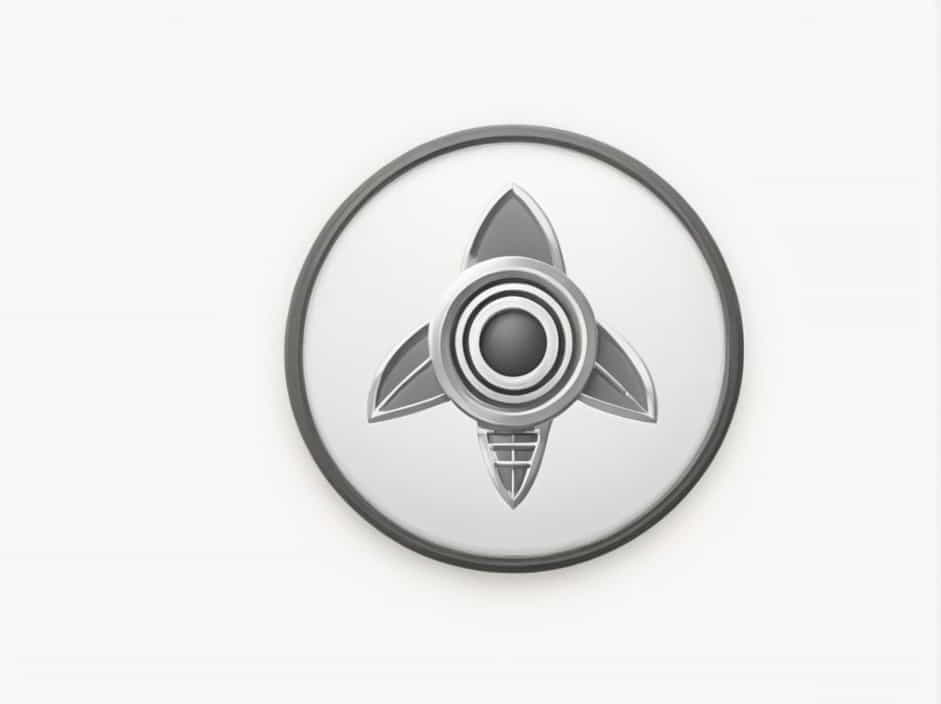Astronautical engineering is a fascinating field that focuses on the design, development, and operation of spacecraft. It is a branch of aerospace engineering that deals specifically with the challenges of space travel, satellite systems, and deep-space exploration.
In a recent discussion, an expert speaker provided an in-depth explanation of astronautical engineering, covering fundamental concepts, key technologies, and future advancements in the field. This topic breaks down the speaker’s insights to make the subject more understandable for anyone interested in space exploration.
What Is Astronautical Engineering?
Astronautical engineering is the study and application of engineering principles to develop vehicles and systems that operate beyond Earth’s atmosphere. It involves:
- Rocket propulsion systems
- Orbital mechanics and navigation
- Spacecraft design and materials
- Satellite technology and communication
- Human spaceflight systems
This field plays a crucial role in advancing space exploration, satellite development, and interplanetary missions.
The Fundamentals of Astronautical Engineering
1. Rocket Propulsion Systems
One of the key topics the speaker discussed was rocket propulsion, the technology that allows spacecraft to escape Earth’s gravity. There are different types of propulsion systems, including:
- Chemical rockets – Use controlled explosions to generate thrust (e.g., SpaceX’s Falcon 9).
- Ion propulsion – Uses electric fields to accelerate ions, providing efficient long-duration thrust.
- Nuclear propulsion – A potential future technology that could significantly speed up interplanetary travel.
Propulsion systems determine how fast and how far a spacecraft can travel in space.
2. Orbital Mechanics and Navigation
The speaker emphasized the importance of orbital mechanics, which deals with how objects move in space. This includes:
- Kepler’s laws of planetary motion – Explains how planets and satellites orbit larger celestial bodies.
- Hohmann transfer orbits – The most fuel-efficient way to move between different orbits.
- Gravity assist maneuvers – Using a planet’s gravity to accelerate a spacecraft (e.g., Voyager missions).
Understanding these principles is crucial for planning satellite deployments and interplanetary missions.
3. Spacecraft Design and Materials
Building a spacecraft requires advanced materials and engineering techniques. The speaker explained that space vehicles must withstand:
- Extreme temperatures – Spacecraft experience high heat during launch and extreme cold in deep space.
- Microgravity conditions – Engineers design spacecraft interiors to accommodate weightlessness.
- Radiation exposure – Spacecraft must be shielded against harmful cosmic radiation.
Modern spacecraft use lightweight, heat-resistant materials like carbon composites and titanium alloys to ensure durability and efficiency.
Satellite Technology and Applications
Satellites are a major part of astronautical engineering. The speaker described different types of satellites and their uses:
1. Communication Satellites
These satellites enable global telecommunications, including:
- Internet and mobile networks
- Television broadcasting
- Military and government communications
2. Earth Observation and Weather Satellites
Satellites like NOAA and GOES monitor weather patterns and track climate changes. They help in:
- Predicting hurricanes and storms
- Mapping environmental changes
- Assisting in disaster response
3. Navigation Satellites
GPS (Global Positioning System) is an essential satellite system used for:
- Navigation in cars, planes, and ships
- Military and defense applications
- Precision mapping and surveying
4. Scientific and Deep-Space Exploration Satellites
Space agencies launch satellites to explore the universe. Examples include:
- Hubble Space Telescope – Observes distant galaxies and stars.
- James Webb Space Telescope – Studies the formation of planets and black holes.
- Mars orbiters – Gather data on Martian atmosphere and terrain.
Human Spaceflight and Exploration
The speaker also highlighted the role of astronautical engineering in human space missions. Some key areas include:
1. Spacecraft for Human Missions
Space agencies and private companies develop spacecraft like:
- NASA’s Orion capsule – Designed for deep-space missions.
- SpaceX Crew Dragon – Used for transporting astronauts to the International Space Station (ISS).
- Blue Origin’s New Shepard – Built for suborbital space tourism.
These spacecraft must be equipped with life support systems, radiation shielding, and safety mechanisms to protect astronauts.
2. Space Habitats and Stations
Living in space requires specially designed habitats. The ISS serves as a laboratory for testing:
- Microgravity effects on the human body
- Growing food in space
- Developing new materials for future missions
Future space habitats, such as NASA’s Lunar Gateway and SpaceX’s plans for a Mars colony, will be essential for long-term space exploration.
Challenges in Astronautical Engineering
Despite technological advancements, astronautical engineering faces several challenges:
1. Cost and Budget Constraints
Building rockets, spacecraft, and space stations requires billions of dollars. Many space agencies rely on government funding and private investments to continue research and development.
2. Space Debris and Collision Risks
Thousands of defunct satellites and debris orbit Earth, posing risks to active spacecraft. Engineers are working on debris removal technologies to clean up space.
3. Long-Duration Space Travel
Missions to Mars and beyond will require advanced life support systems, radiation protection, and sustainable food sources. Scientists are exploring ways to use artificial gravity and 3D-printed habitats for long-term space missions.
Future of Astronautical Engineering
The speaker concluded with an exciting discussion on the future of astronautical engineering. Some emerging trends include:
1. Reusable Rocket Technology
Companies like SpaceX and Blue Origin are revolutionizing space travel with reusable rockets, reducing launch costs significantly.
2. Commercial Space Travel
Private space tourism is becoming a reality, with companies offering suborbital flights and potential lunar vacations in the future.
3. Interplanetary Colonization
NASA, SpaceX, and other organizations are working towards establishing permanent human settlements on the Moon and Mars. This involves developing:
- Sustainable life support systems
- Mining resources from asteroids
- Terraforming techniques for habitability
Astronautical engineering is shaping the future of space exploration. The speaker’s explanation highlighted the importance of rocket propulsion, spacecraft design, satellite technology, and human spaceflight.
With ongoing advancements, the dream of interplanetary travel and space colonization is closer than ever. As technology evolves, astronautical engineers will continue to play a crucial role in expanding humanity’s reach beyond Earth.
